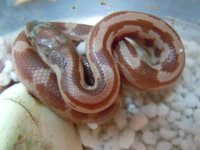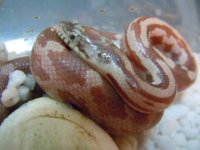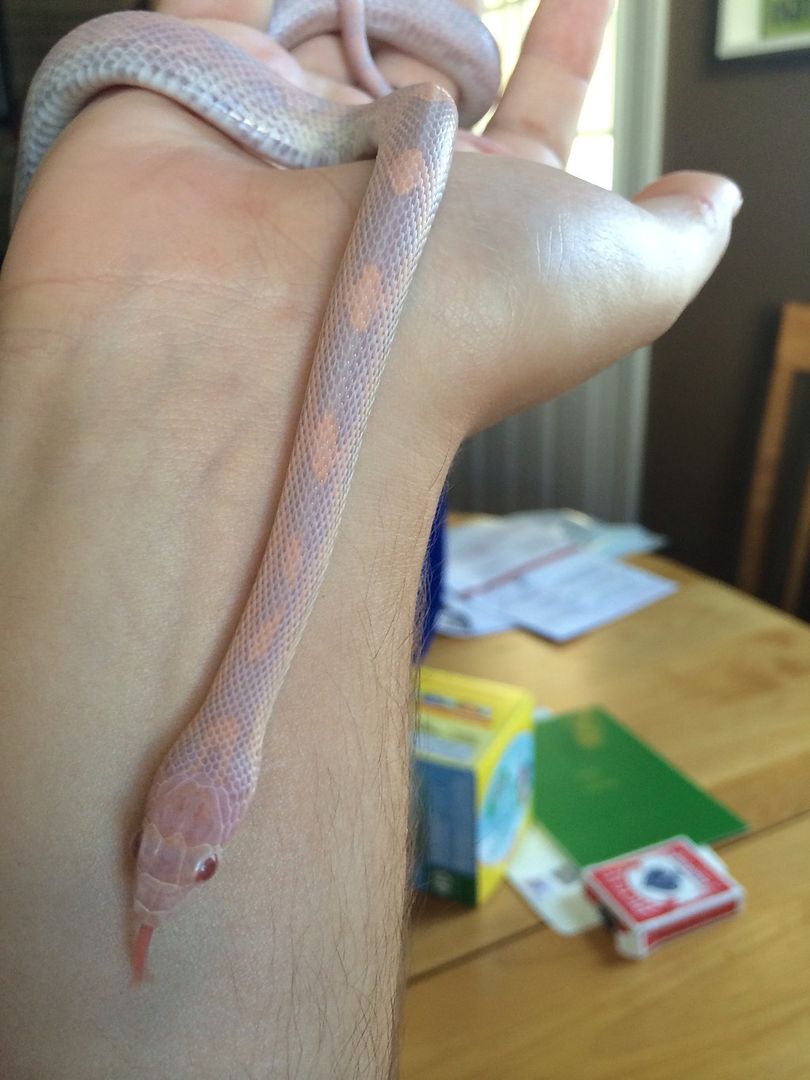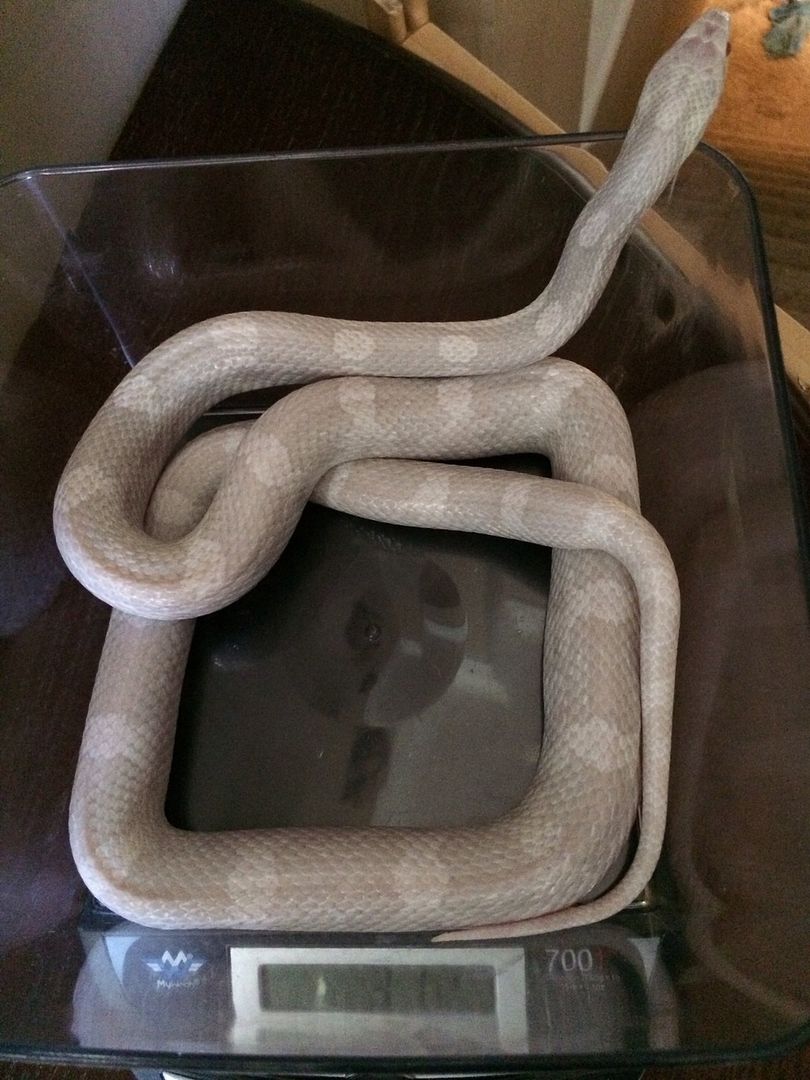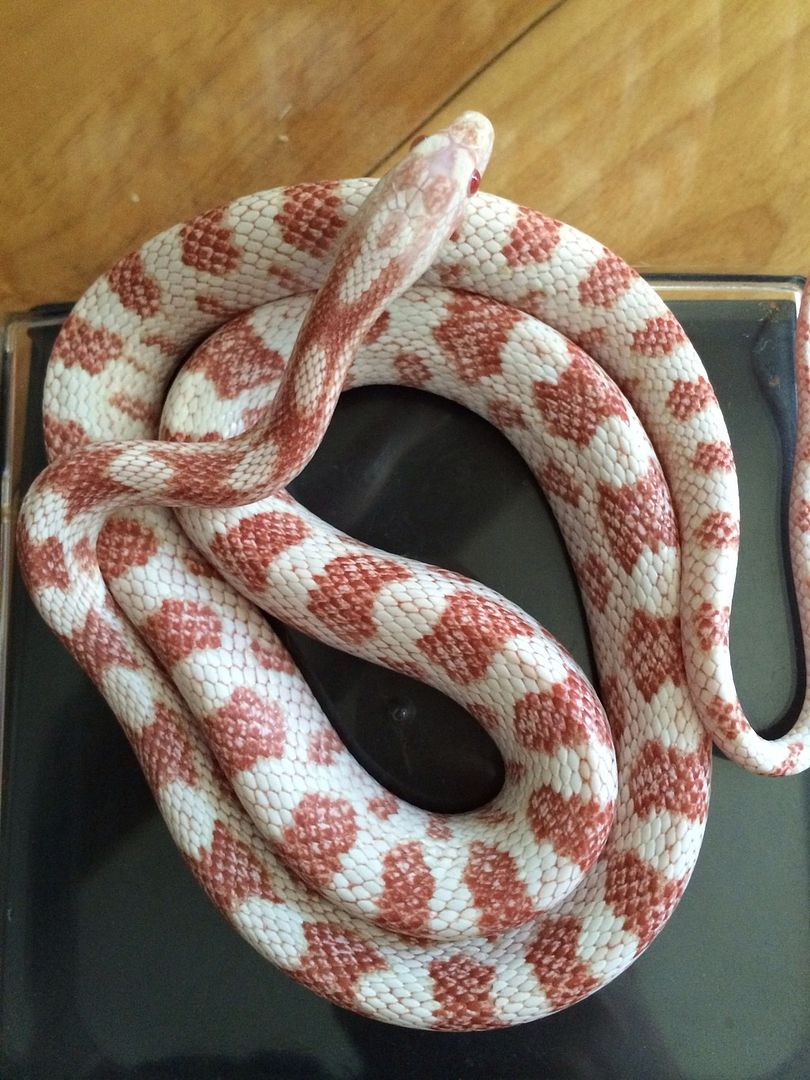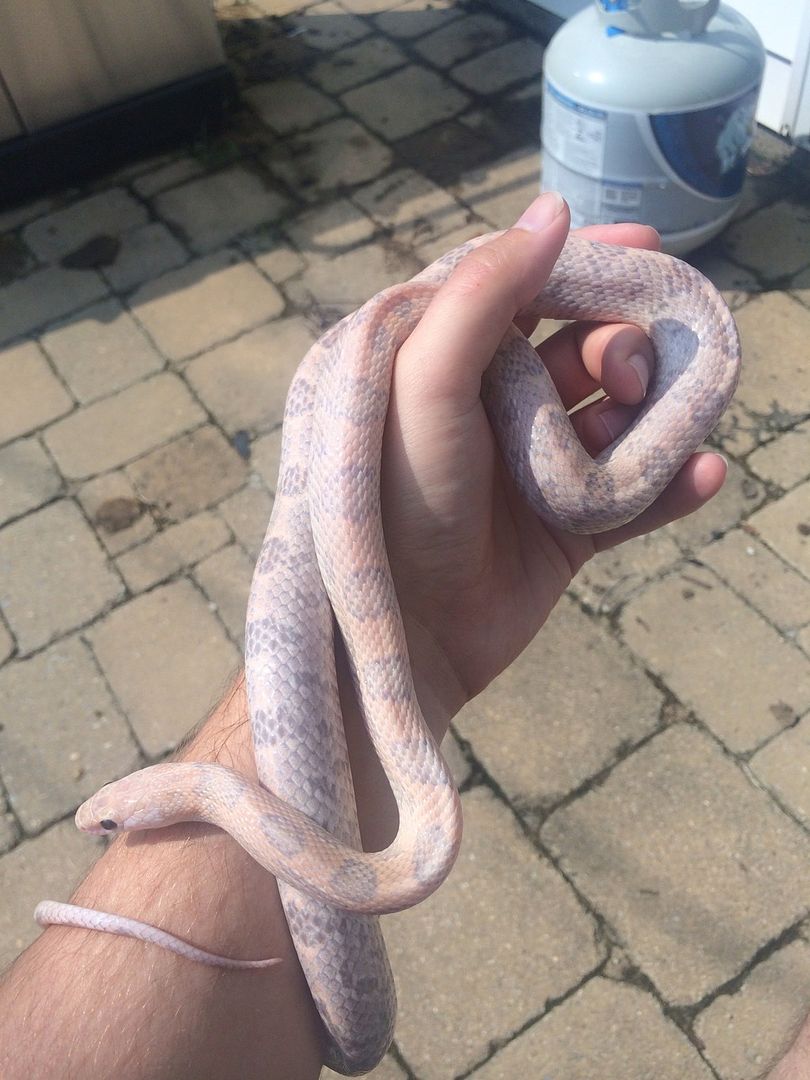It would be a pain in the butt.
First I'd just make some assumptions based on the fact that red factor seems dominant and redcoat is recessive.
I assume that a het red factor het redcoat will just look like a red factor (although sometimes recessive traits make themselves detectable in het form in the presence of other mutations, but it probably doesn't in this case if someone crossed them and thought they were incompatible).
A super red factor het redcoat should just look like a super red factor.
My expectation is that a het red factor homo redcoat would be redder than either a het red factor or homo redcoat. I'd expect a super red factor homo redcoat to be even redder, if that's possible.
I'd breed a red factor (a het not a super) to a redcoat, and hold back the red factor offspring, who would be visually obvious. They would carry one copy of red factor and one copy of redcoat. I would breed these animals to a homo redcoat, hopefully there would be animals that stand out as even redder than red coats and red factors. Those would hopefully be het red factor homo redcoat. You would need to breed those to a redcoat and get all redcoat offspring to prove that your suspected red factor redcoat was indeed homozygous redcoat. Breeding it to a normal should give 50% red factors het redcoat. If you got those results you'd know your animal carries one red factor allele (het red factor) and is homozygous redcoat.
I wouldn't breed the het red factor het redcoat offspring together to test the theory because then your reddest offspring might be super red factor redcoats, and it would be hard to confirm that they were redcoat because when you mate them to a redcoat, if all the offspring are redder than normal it could be because the parent was homo red factor or homo redcoat or both, and disentangling them would be difficult.



